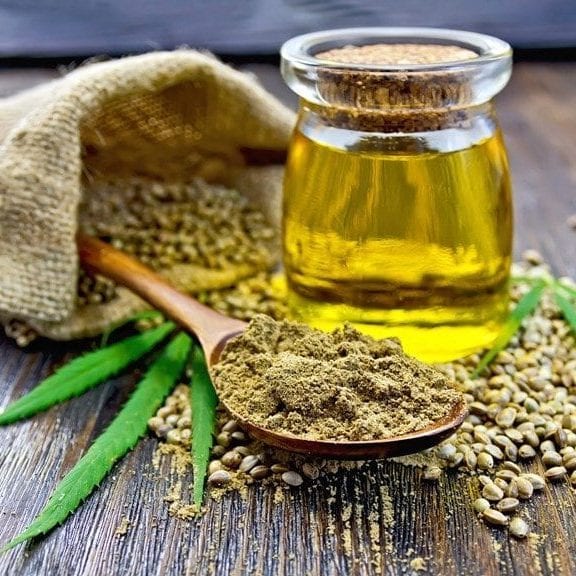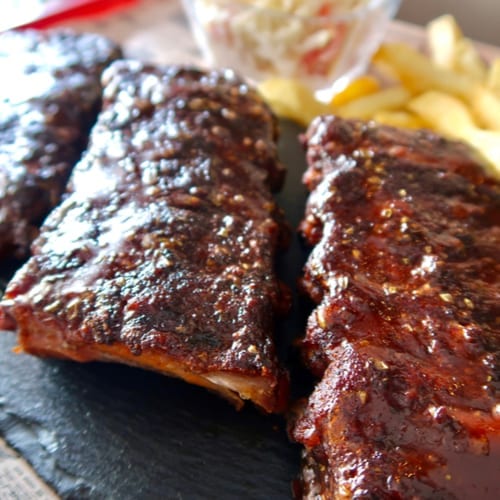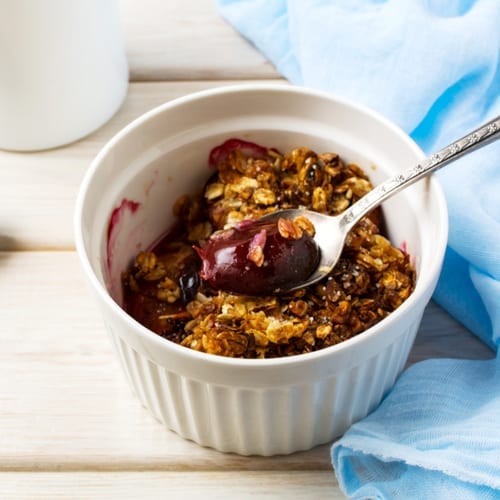
Ingredients
- 1 oz cannabis flower (or less for milder potency)
- 2 C cooking oil of your choice
Note: Oils with the highest fat content will be most effective in activating the THC. Coconut and olive oil are probably the most common choices; coconut oil has a milder taste and can therefore be used for more dishes, whereas olive oil is the staple cooking oil for most kitchens. However, both have trouble with high heat, in which case canola oil may make the most sense.
Hardware:
- Strainer or cheesecloth
- Grinder (blender, coffee grinder, food processor, etc.)
- Double-boiler, slow cooker, saucepan, etc.
Directions
- Grind the cannabis. You can include the entire plant, just the flower, a little bit of both — this is all a matter of preference. Many experienced cannabis edible chefs like to use the entire plant, in part for conservation but also for the health benefits the more fibrous parts of the plants have been linked to. The more inactive parts of the plant that are included, the stronger the cannabis flavor for the same level of potency. Just keep in mind that anything small enough to fit through the strainer will end up in your finished product, so you’ll probably want to remove any hard stems at the bare minimum.
- Combine oil and cannabis in your double-boiler or slow cooker, and heat the two together on low for hours. This allows for decarboxylation (activation of THC) without scorching (which destroys the active ingredients). Cooking can be done a variety of ways: in a slow cooker on low for up to three days (minimum of 6 hours), stirring occasionally; in a double-boiler on low for at least 6 hours (8 is better), stirring occasionally; or in a simple saucepan on low for at least three hours, stirring frequently (a saucepan is most susceptible to scorching). In all cases, a small amount of water can be added to the mixture to help avoid burning.
- Strain and store the oil. All remaining plant material can be discarded or used in other dishes if you have the wherewithal. The oil’s shelf life is at least two months, and can be extended with refrigeration.
Note: Be cautious when using the oil to prepare dishes that require heating. Do not microwave and choose low heat whenever possible.
Source: www.leafly.com





